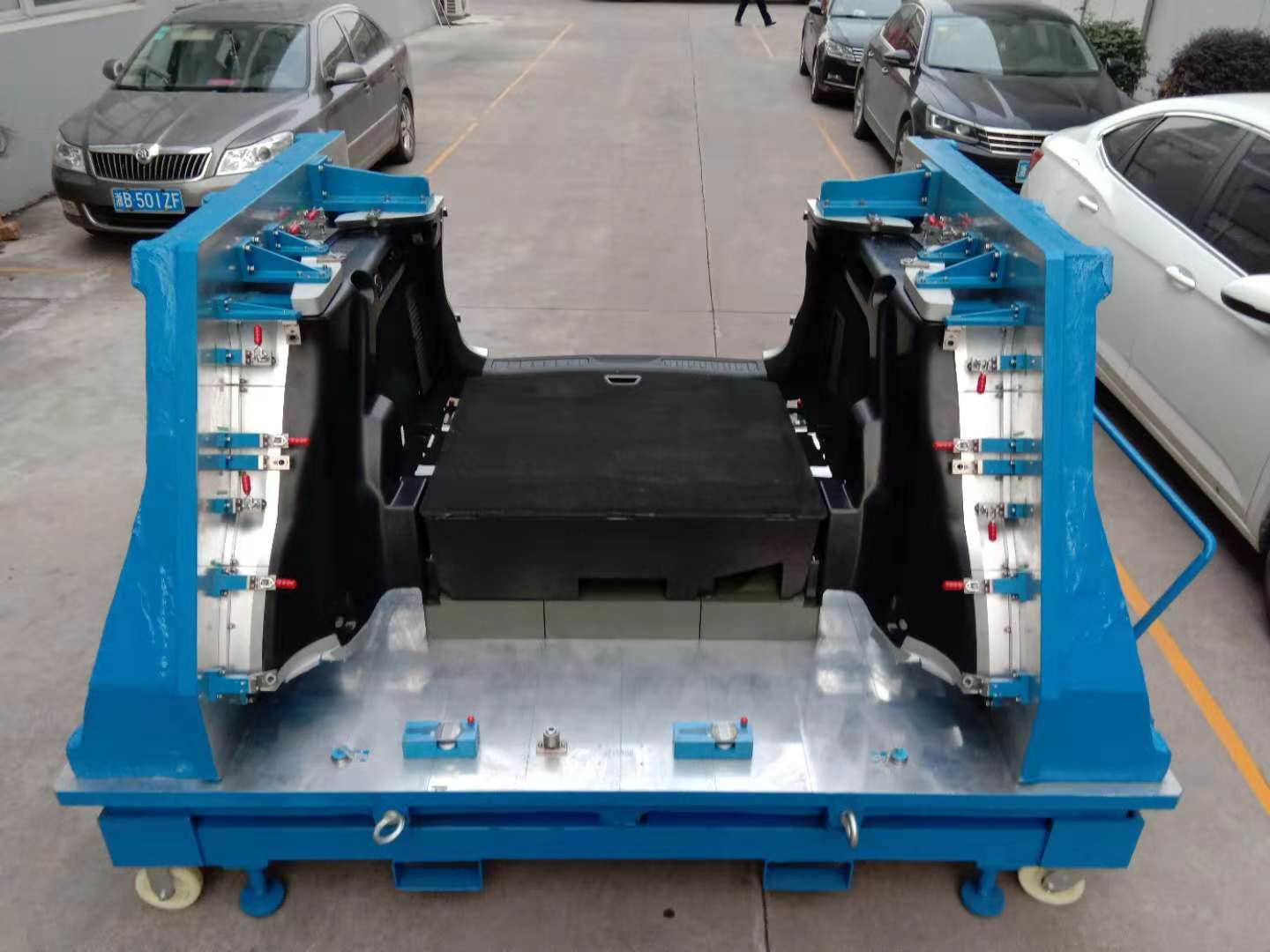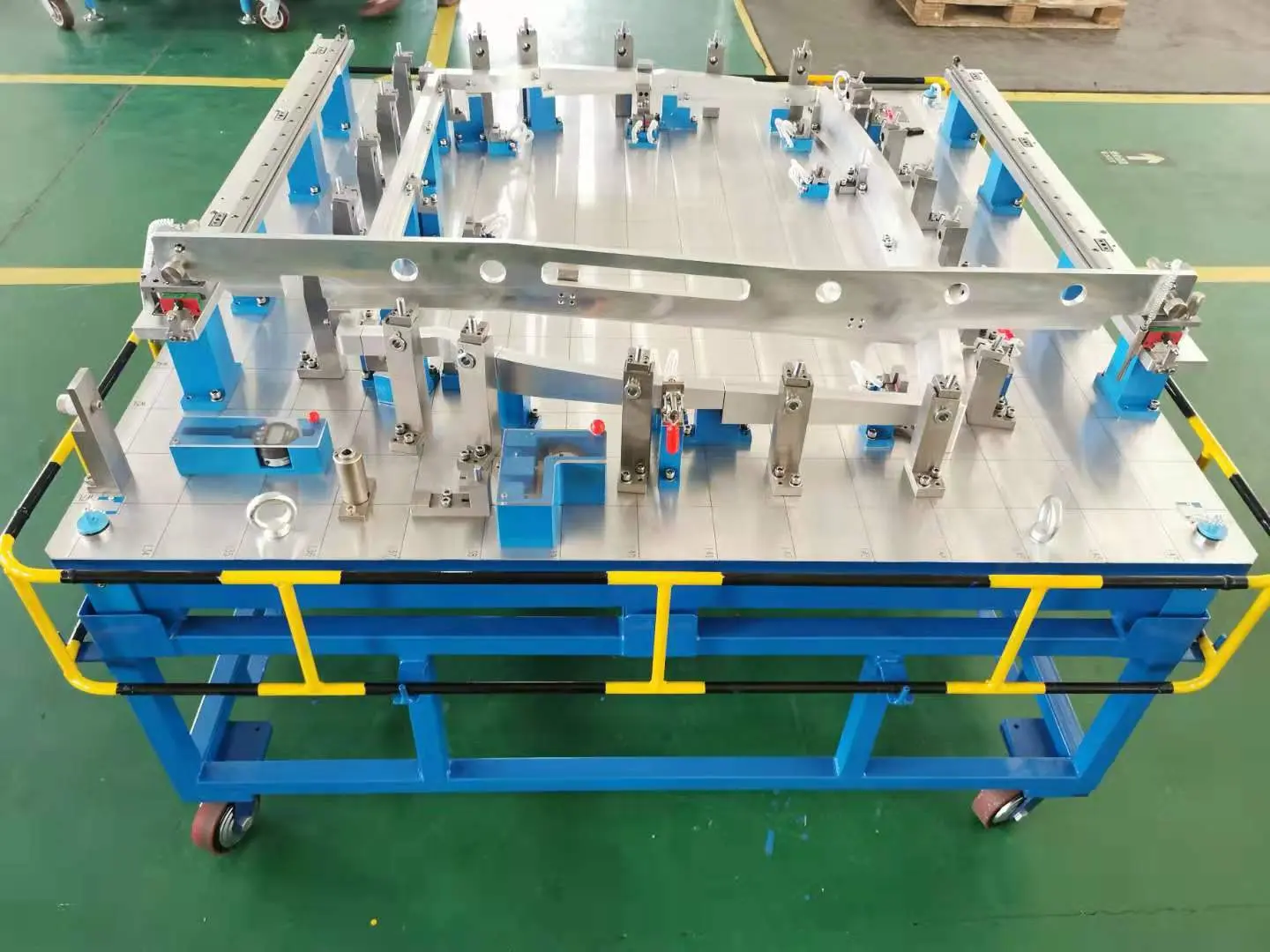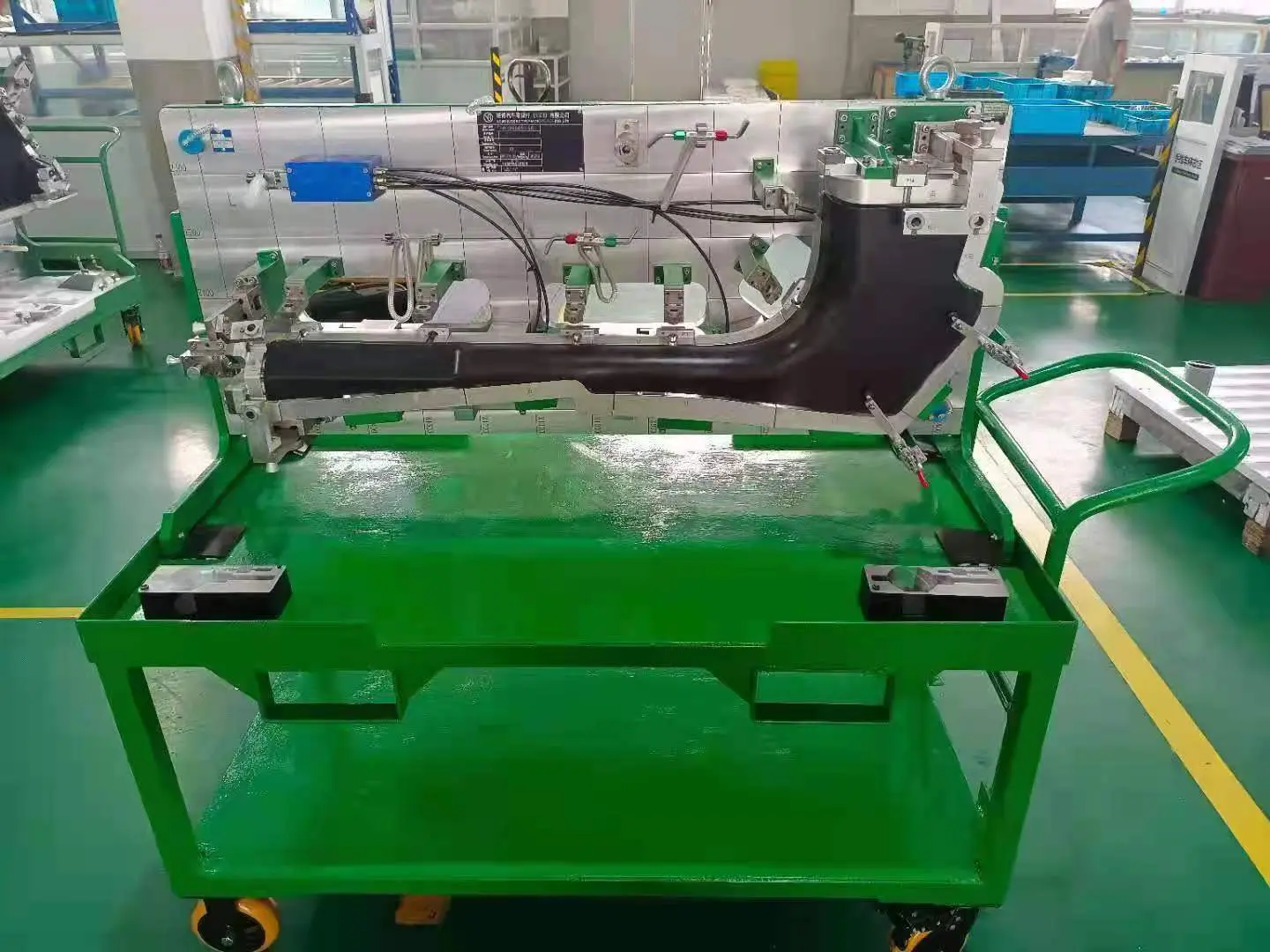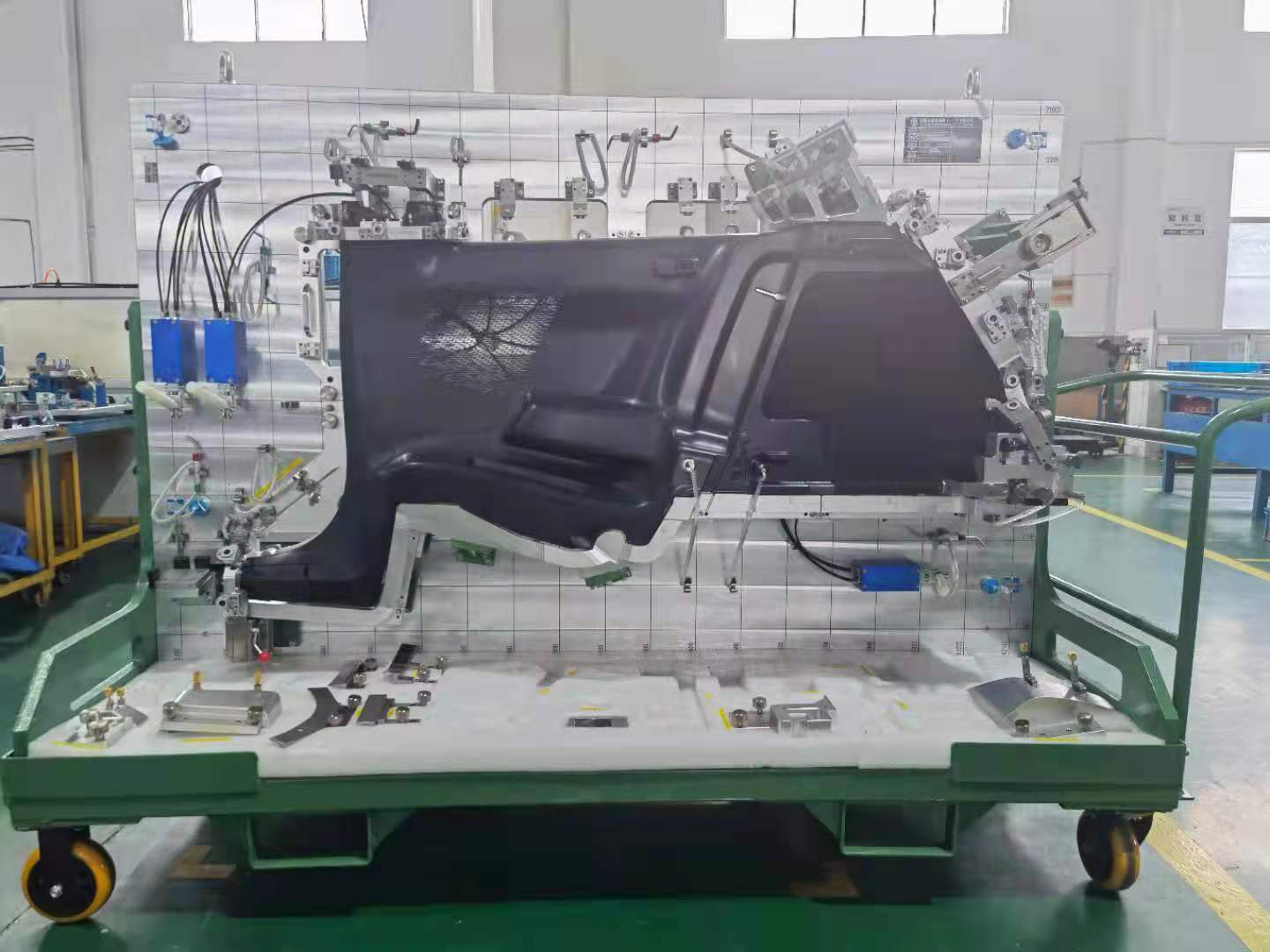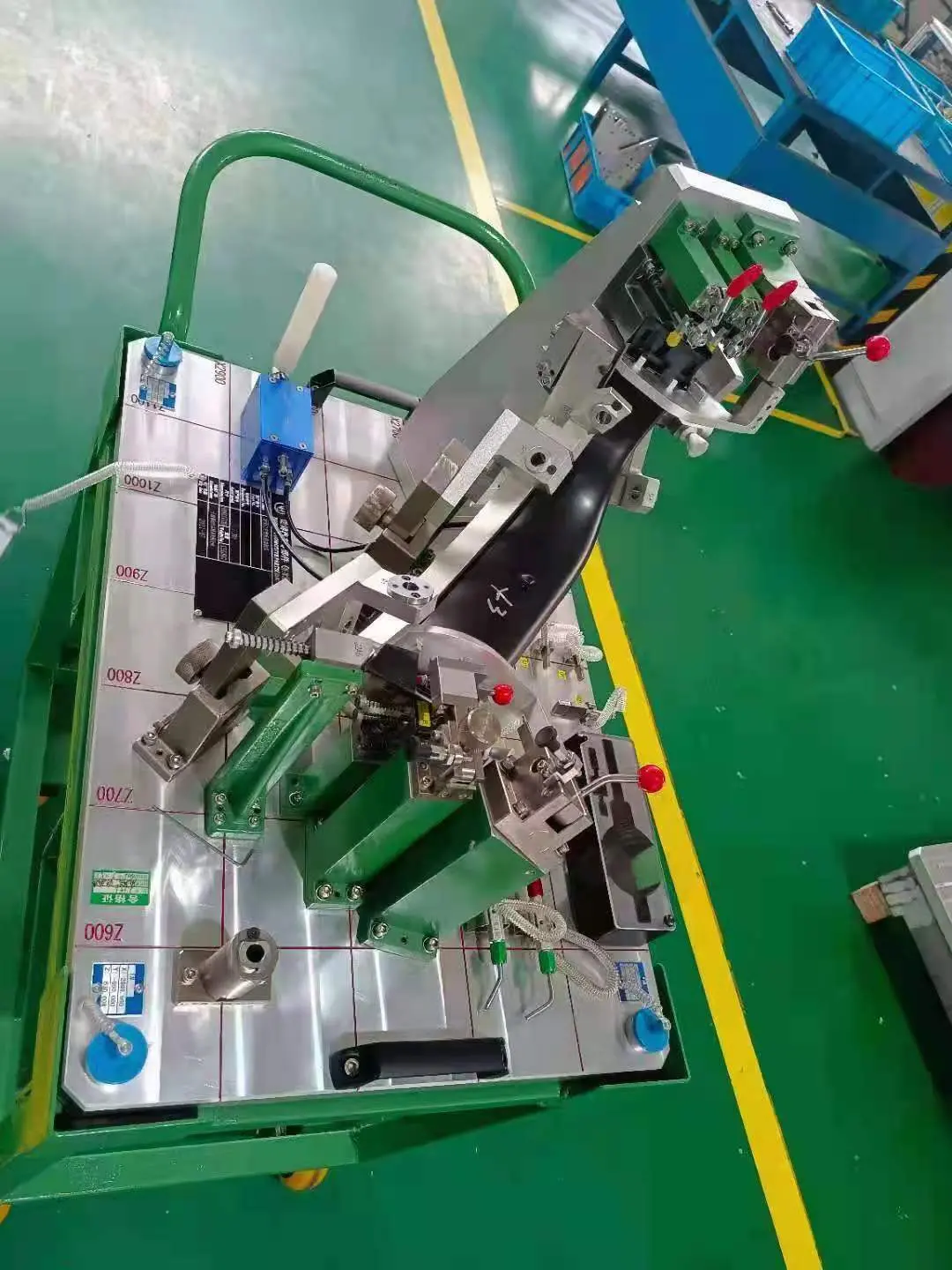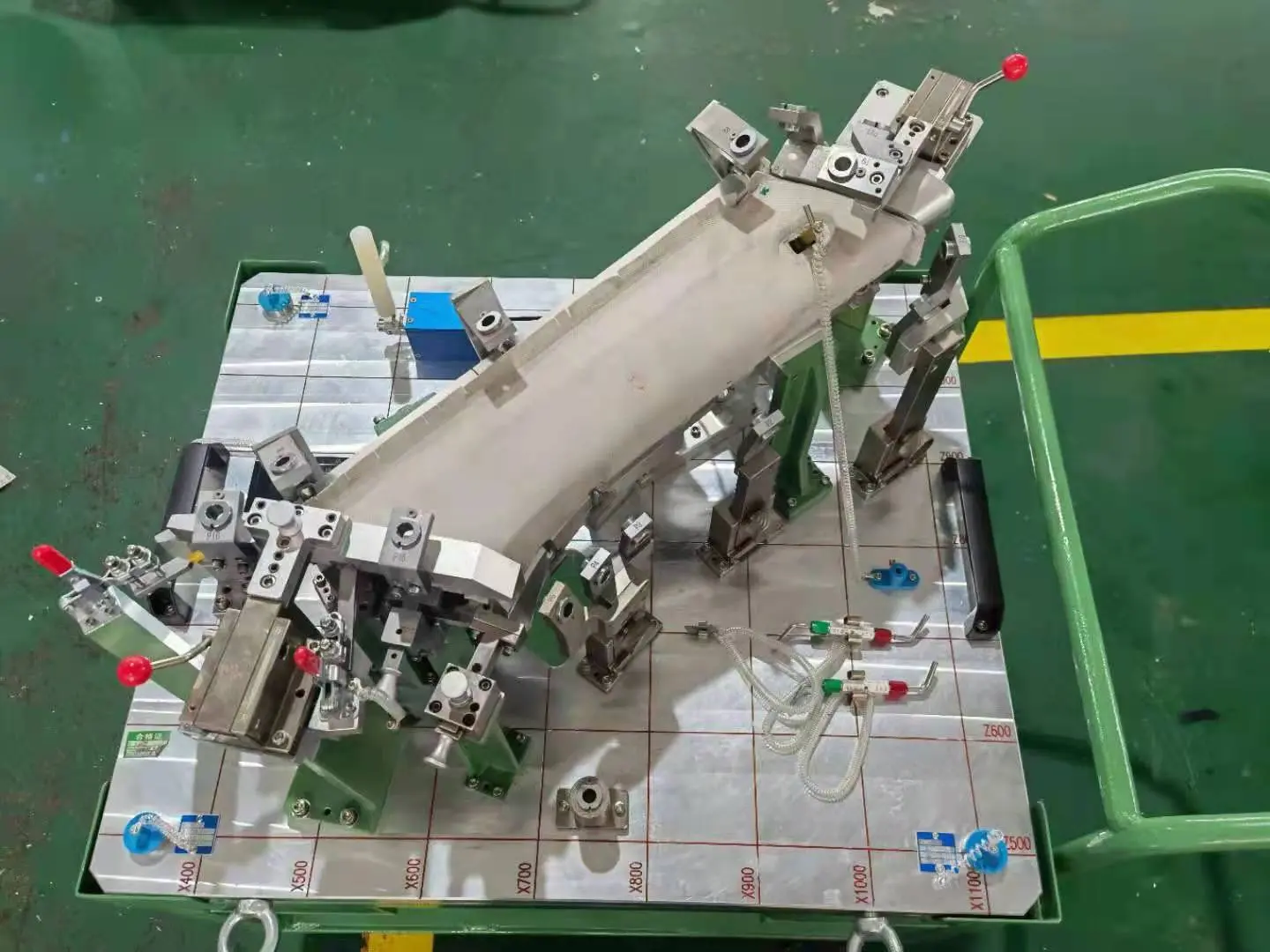The Evolution of Automotive Parts Inspection Tools in the Industry
In the past, auto parts inspection tools were primarily manual, requiring skilled technicians to visually inspect parts for flaws and defects. However, with the advent of automation and robotics, the industry has witnessed a shift towards more advanced inspection tools that leverage cutting-edge technologies such as machine vision systems, 3D scanning and artificial intelligence. These tools have revolutionized the way auto parts are inspected, allowing defects to be detected faster and more accurately, ultimately improving the overall quality of auto parts.
One of the key drivers of innovation in the automotive parts inspection tools industry is the increasing complexity of modern vehicles. As advanced technologies such as electric propulsion, autonomous driving and connected systems converge, the need for accurate and reliable inspection tools has never been greater. As a result, manufacturers and suppliers are investing heavily in research and development to create inspection tools that can keep up with the evolving automotive market.
In addition, the growing focus on sustainability and environmental responsibility has also influenced the development of automotive parts inspection tools. Manufacturers are now looking for tools that not only ensure component quality, but also minimize waste and reduce the environmental impact of the production process. This has led to the development of detection tools that are not only efficient and accurate, but also environmentally friendly, in line with the industry's commitment to sustainability.
In summary, the automotive parts inspection tools industry has undergone significant transformation in recent years, driven by technological advances, increasing vehicle complexity, and an increasing focus on sustainability. The development of inspection tools not only improves the quality and reliability of auto parts, but also promotes the overall progress of the automotive industry. As the industry continues to evolve, we expect to see more innovative inspection tools that will further improve vehicle safety, performance and sustainability.


